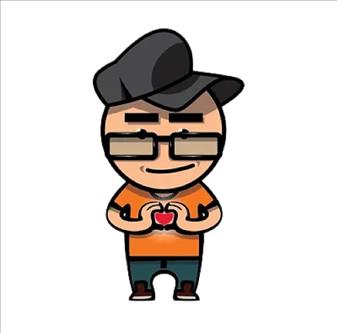
The type of psychotherapy to be applied is determined by the therapist at the initial evaluation stage in Child & Adolescent psychotherapy. While determining the treatment method to be applied, the therapist decides by evaluating the child's current problems, history, level of development, active participation in the treatment, and what kind of interventions are necessary in the child's psychological problems. Medication and psychotherapy can be used together in child and adolescent therapy. It is very important for the child or young person to feel comfortable and safe in the presence of the psychotherapist and to think that they are understood. In such a safe environment, it will be much easier for the child to express their feelings and reach the help they need.
Psychotherapy can provide many benefits for children and young people, such as getting the emotional support they need, resolving conflicts with friends and family, and enabling them to look at their problems from a new perspective. Factors such as age, gender, genetics are among the factors that affect the psychological tendencies of children and adolescents. Especially; It is seen that genetic factors come to the fore in psychological disorders such as anxiety (anxiety) disorder and bipolar disorder.
Investing in children, adolescents and youth is much more productive than in adults. By intervening in children and adolescents early and on time, we can prevent them from being unhappy for years and that psychological breaking points leave bad marks in their lives for years.
Children and adolescents have various complex structures. Parents constantly worry about how their children will grow up, how they will develop and what kind of individuals they will become. Many children and adolescents face different situations as they grow up and may need help in some cases.
Therapy with children and adolescents looks at the relationship between family members, how they treat each other, how they communicate, and how much they differ from one another. Therapy helps change the family while addressing the problems of children and adolescents.
Psychotherapy tries to bring about emotional and behavioral changes in children. In children and adolescents, methods such as playing games, painting, creating and pretending are effective in sharing emotions and solving problems as well as talking.
Therapy helps adolescents and children to provide emotional support, resolve conflicts and understand their emotions and problems. The goals of therapy can be specific (eg, changing behavior, improving relationships with friends and family, getting rid of addiction, anger management) or a more general goal (eg, less anxiety, improving self-confidence). The length of therapy varies depending on how complex and severe the problem is.
It should not be forgotten that children and adolescents may experience individual, familial or social problems even before they are diagnosed with a mental disorder during therapy and treatment. The main problem here arises from the usual conflicts of the developmental period. The physical, mental, academic, social status and position of the child and adolescent should be taken into consideration.
It should not be forgotten that, contrary to the tendency, getting support is a preventive health study before problems occur, in order to prevent them or to lead a better quality of life.
It is an important phenomenon for the mental health of adolescents and children to receive therapy in order to ensure that the conflicts experienced during adolescence do not continue in adulthood and to raise healthy individuals.
The main problems that can be seen in children and adolescents:
- Friend problems in adolescents
- Family adolescent conflicts
- Substance abuse in adolescents
- School failure in adolescents
- Personality disorders
- Criminal behavior in adolescents
- Eating disorder in adolescents
- Self-confidence problems in adolescents
- Obsessions in Adolescents
- Depression, panic attack
